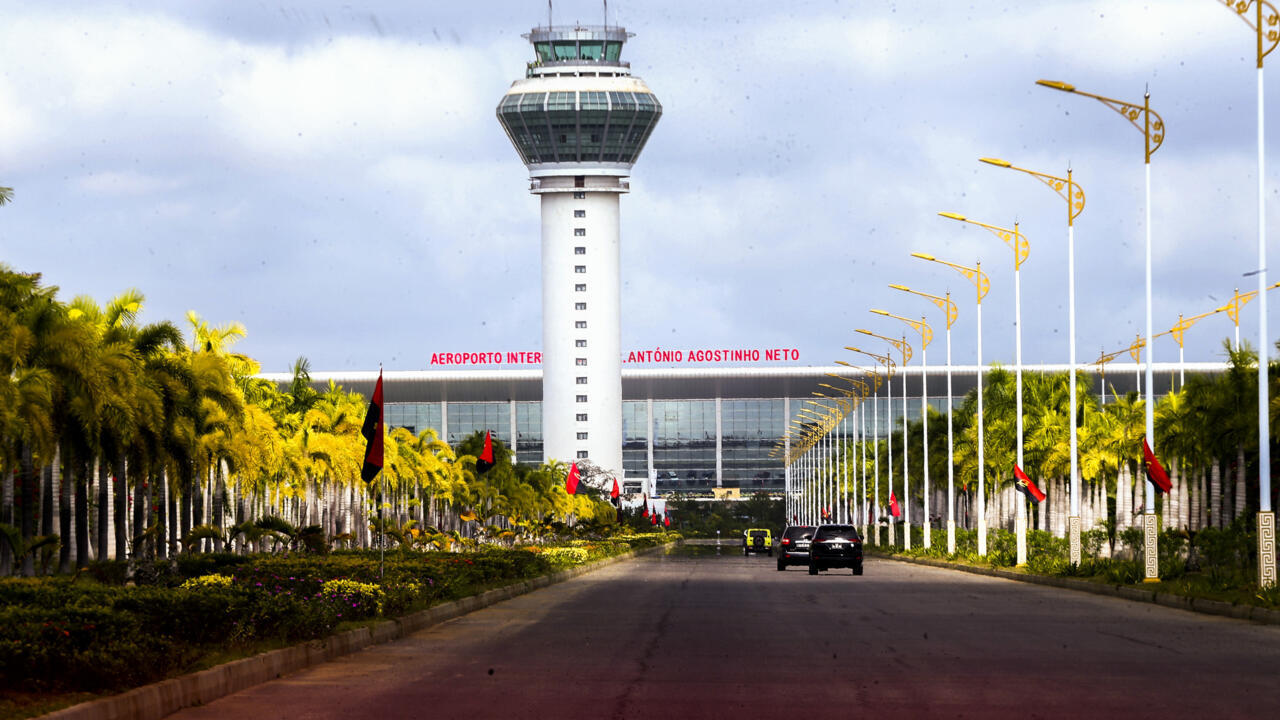As wildfires sweep through the Northeast, cities across the region are on high alert, with wind gusts and low humidity intensifying the spread of flames. Red flag warnings, indicating a heightened fire risk, are currently in place across various areas, including Connecticut, Massachusetts, and Rhode Island. These warnings highlight how unusually warm temperatures, exceptionally low humidity, and strong winds are creating ideal conditions for fire outbreaks. Local vegetation is extremely dry due to a significant rainfall deficit of 6-8 inches since September, leaving the landscape vulnerable to ignition. New York City, for instance, has seen over 100 brush fires this month alone, marking a historically dry period for the city. In Prospect Park, Brooklyn, a brush fire ignited, burning two acres of dry vegetation overnight, while firefighters in Pennsylvania battle flames on Neversink Mountain in Berks County.
Neighboring states like New Jersey are grappling with multiple wildfires, including the Cannonball 3 and Jennings Creek fires. The Cannonball 3 Wildfire, covering 175 acres in Pompton Lakes, is currently 75% contained, while the Jennings Creek blaze has burned 2,000 acres across New Jersey and New York state, posing threats to nearby structures. The spread of wildfires has been unprecedented, with the New Jersey Forest Fire Service reporting over 400 fires across more than 800 acres this past month—a stark contrast to last year’s mild season. Complicating matters, “re-burns” are becoming a concern, as fires ignited during the summer have reignited in these dry conditions. As Northeast residents face air quality alerts due to smoke, air quality concerns are mirrored on the West Coast, where California’s Mountain Fire has spread over 20,600 acres. Fire officials urge caution and preparedness as dry, windy weather continues to challenge containment efforts across the country.














